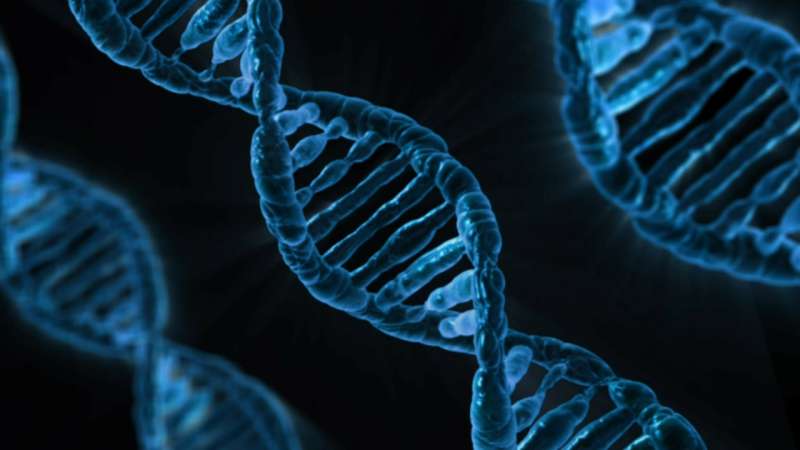Credit: CC0 Public Domain
Coronary artery disease (CAD) is a leading cause of death worldwide. Despite dozens of regions in the genome associated with CAD, most of the genetic components of heart disease are not fully understood, suggesting that more genes are out there to be found. A team led by researchers from the Perelman School of Medicine at the University of Pennsylvania, Stanford University, and Cambridge University found 15 new risk genes for coronary artery disease. They published their results online this week in Nature Genetics.
They studied genetic variants across the genome in 250,736 participants in total, including 88,192 patients with CAD, and identified 15 new risk genes providing new insights about the cause of CAD. Overall they found that many of these risk genes are associated with the myriad of functions taking place in cells lining blood vessels.
"Coronary artery disease tends to cluster in families and has a strong genetic basis; however, we do not fully understand that genetic foundation," said senior author Danish Saleheen, PhD, an assistant professor of Epidemiology and Biostatistics at Penn. "We conducted the largest genetic analyses on coronary artery disease to date, including information from people of European, African, South Asian, and East Asian heritages."
The team identified 15 new genetic CAD associations, via SNPs—or single-nucleotide polymorphisms, places in genes in which the DNA building blocks differ from person to person by only one block, or nucleotide. They found CAD-related SNPs in or near genes governing such functions as stickiness of cells, coagulation and inflammation, and the differentiation of smooth muscle cells.
"Next we aim to identify the exact biological mechanisms at these 15 novel sites in the genome that lead to the development of CAD," Saleheen said. "Greater understanding of such pathways should ultimately lead to development of new therapies for CAD."
More information: Fifteen new risk loci for coronary artery disease highlight arterial-wall-specific mechanisms, Nature Genetics (2017). nature.com/articles/doi:10.1038/ng.3874
Journal information: Nature Genetics





















